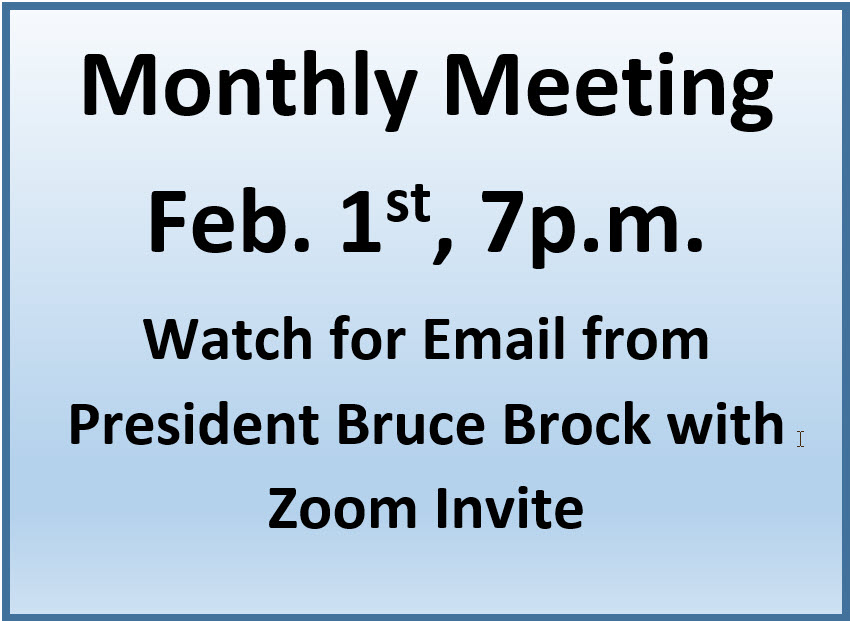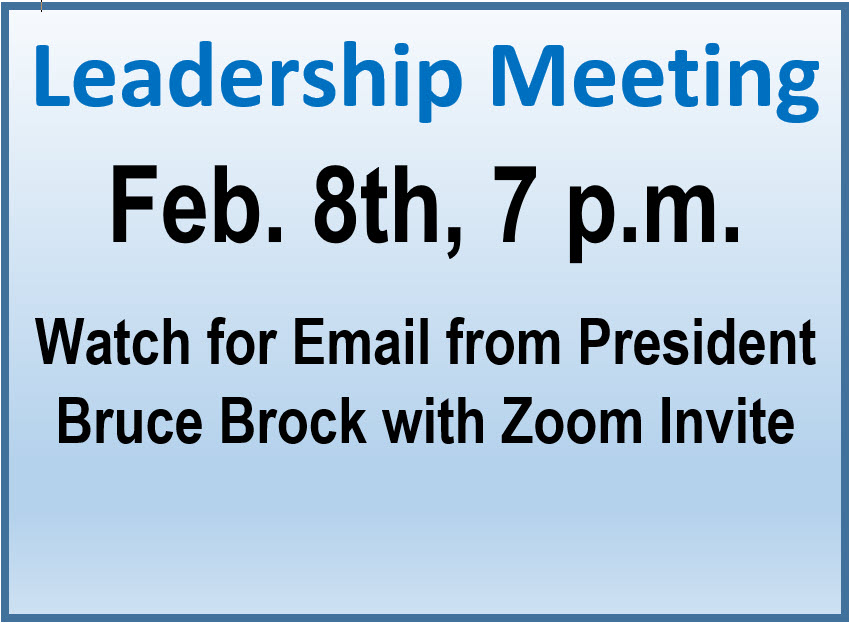
Chapter 282
http://wowslider.net/ by WOWSlider.com v8.7
Clearwater, FL
Chapter Project
Now In Final Building Stages
Shared Ownership Opportunity
EAA Chapter 282 has for a period of time been manufacturing an AcroDuster Too as a Chapter project. As you may know,  an EAA Chapter is prohibited by EAA National rules from operating a flying aircraft. Therefore, as soon as the project is completed it will be sold. As we are making careful but steady progress, the project is taking shape nicely and will be completed relatively soon.
an EAA Chapter is prohibited by EAA National rules from operating a flying aircraft. Therefore, as soon as the project is completed it will be sold. As we are making careful but steady progress, the project is taking shape nicely and will be completed relatively soon.
N17FP AcroDuster TOO October 2020 Update

Here is the front of the engine where you can see the backplate of the air filter now attached to the throttle body. It is easy to see the offset needed to align the filter body with the air intake on the front of the nose bowl. It’s a tight fit so servicing the filter element with the nose bowl on will be a trick, but we’ll figure it out.

This shows the air filter housing and filter element installed and a 4” x 3” silicon rubber connector going to the air scoop on the nose bowl.
A look showing the whole front end. A closure piece of baffling will be fitted below the ring gear to complete the engine cooling system.
The firewall forward will end up being a super clean installation with very large cowl doors that open on each side of the engine bay.

It gets a little busy behind the engine, but changing the oil filter with this big door should be a breeze.


The right side is even bussier with the installation of the inverted oil system and lines for the fuel supply to the fuel injectors.
However, checking and servicing the oil and brake fluid reservoirs should be very accessible and easy tasks.


Our high-performance exhaust system extends a couple of inches too low to fit inside the moldline indicated on the plans. Our solution was to install a removable “chin blister”.
In addition to enclosing the engine bay and providing for correct engine cooling airflow, when removed for maintenance it provides access to the bottom of the engine and equipment in the engine bay.
to enclosing the engine bay and providing for correct engine cooling airflow, when removed for maintenance it provides access to the bottom of the engine and equipment in the engine bay.
Gives it a nice look too!

This shows the left side of the aft fuselage with the fabric skin ready for painting.
The Cockpits are essentially completed. Just some setup/calibrations to go for the engine instrumentation. The engine page is displayed in the aft cockpit. (pictured below) We made it the default page to come up on power-up. After ensuring the engine is running OK it can be changed to the Primary Flight Display. I plan to fly with a combination page of PFD and abbreviated engine display in the bottom 1” of the display.

The front cockpit is rather sparse with only the Engine Instrumentation System control head permanently mounted on the right side.
In the center is the Engine Computer programmer which is installed for the test program. It will be removed and replaced by a second PFD at the end of the test program.
The canopy is the only major fabrication left. It will be a “slider” type designed to be very similar to that used on an RV-8. It will slide via rollers in a track on top of the upper longerons and a T-rail on top of the turtle deck.
Here is the plastic bubble ready to trim to shape. We will build a steel tubing canopy frame and incorporate a fixed windscreen ahead of the front cockpit. The slider will allow access to both the front and aft occupants.
We will build a steel tubing canopy frame and incorporate a fixed windscreen ahead of the front cockpit. The slider will allow access to both the front and aft occupants.
The Clearwater Flying Club, Inc. (CFC) has executed a purchase agreement to take ownership of the project at its completion with the intention of basing it at Clearwater Air Park. Anyone interested in joining Contact CFC president Jim McCarthy or any of the individuals below for additional information.
| Jim McCarthy | 727-772-7052 | |
|---|---|---|
| Peter Hunt | 727-238-8658 | |
| Jim Porter | 727-481-7255 |
Acroduster Too
Yes, Acroduster Too not Two, II, 2 or The Sequel.
This hearty aerobatic biplane will pull 9 Gs. She is a Plans Build which means we at the EAA Chapter 282 are building her from scratch working from design proven plans and diagrams.
| Dimensions | SPAN | LENGTH | HEIGHT | WING AREA | INCIDENCE | SWEEP BACK |
|---|---|---|---|---|---|---|
| 21' 5" | 18' 6" | 6' 10" | 130 SQ FT | 0° Both Wings | 6° Top Wing | |
| Weights | ENGINE | FUEL MAX | EMPTY WT | USEFUL LD | GROSS WT | AEROBATIC WT |
| 200 HP LYCOMING | 38 GALS | 1050 LBS | 750 LBS | 1800 LBS | 1630 LBS | |
| Loads | LIMIT LD | ULTIMATE LD | WING LD | POWER LD | I | I |
| 6g Pos/Neg | 9g Pos/Neg | 12.7 PSF | 8.15 LBS/HP | I | I | |
| Speeds | TOP | CRUISE | STALL | CLIMB RATE | VNE | I |
| 160 MPH | 150 MPH | 60 MPH | 2100 FPM | 200 MPH | I |




